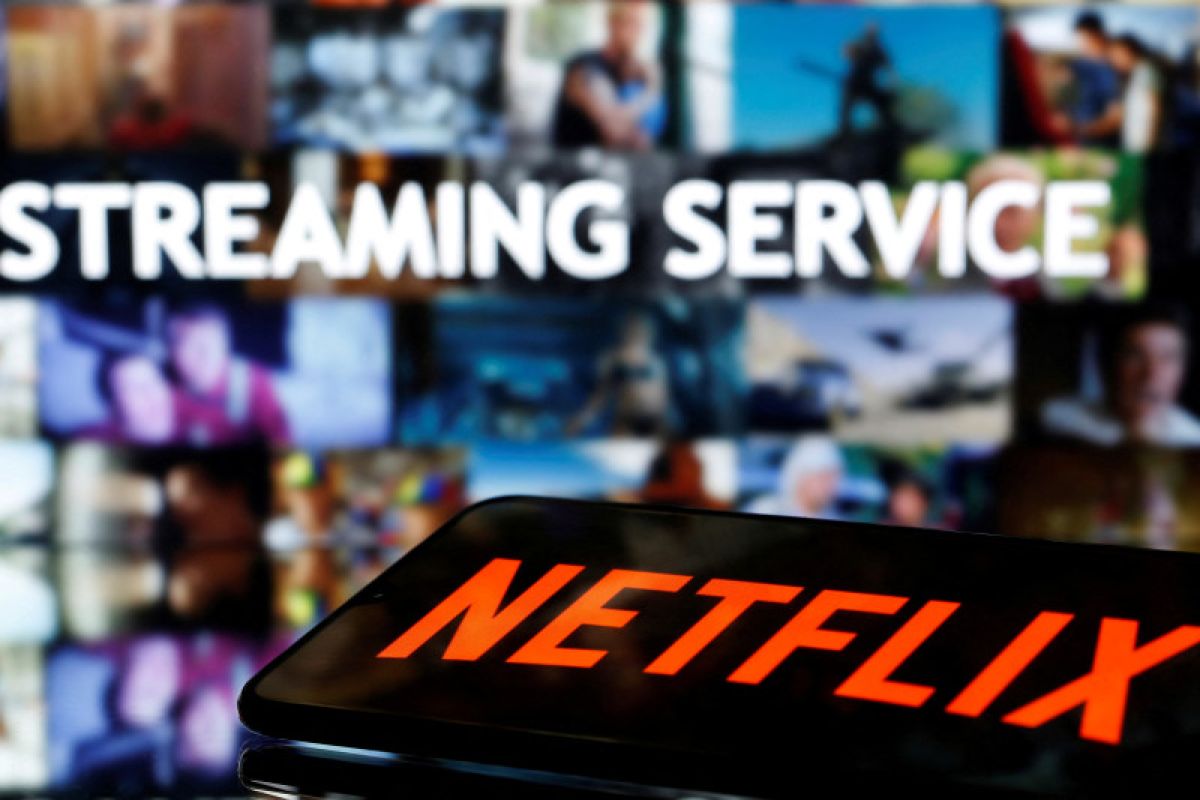Indonesia’s digital content landscape is about to change. With the Ministry of Communication and Digital (Komdigi) preparing digital media platform regulation, the government signals its intention to ensure fair competition between global streaming giants like Netflix and domestic news outlets. Such regulation promises new collaboration models, royalties, and content standards, all intended to reinforce local media's sustainability and strengthen Indonesia’s digital ecosystem.
Context and Rationale for New Regulation
In February 2024, Indonesia issued Presidential Regulation No.32/2024 requiring digital platforms that distribute news content—such as Google and Meta—to negotiate royalties or revenue-sharing agreements with local media outlets. Although initially focused on news, the scope has broadened: Komdigi is now drafting regulations to level the playing field across all content platforms, including on-demand streaming services like Netflix, Disney+ Hotstar, and local competitors .
Online content platforms have been thriving in Indonesia despite weak domestic content regulation, a situation critics say is unsustainable. Local publishers have seen declining ad revenue amid rising dominance by Big Tech and OTT services . Komdigi's new regulation aims to correct these imbalances and foster a healthier, more sustainable content ecosystem.
Key Components of the Regulation
1. Licensing or Royalties for Indonesian Content
Under the draft, all platforms offering content, be it news, entertainment, or streaming, must enter paid licensing deals with Indonesian content producers or publishers. These deals might involve revenue sharing, flat licensing fees, or minimum guarantees, similar to Australia’s approach to news licensing.
2. Fair Collaboration Frameworks
Platforms will be required to share certain user engagement metrics, such as time spent and click-through rates—with domestic content partners. The goal is transparent audience data disclosure, which empowers local media to better monetize traffic and optimize content strategies.
3. Anti-Blocking and Non-Discrimination Clauses
Reflecting past disputes, such as Telkom’s temporary throttling of Netflix, this regulation may prohibit digital platforms from unfairly limiting access to local services or vice versa. The regulation could create protections from discriminatory throttling and ensure equal access across platforms.
Why This Matters for Stakeholders
Local Media Outlets
Many Indonesian publishers are struggling due to ad revenue shrinkage. The new regulation offers a lifeline: mandatory compensation from global platforms could help restore financial viability. Additionally, access to viewership data helps publishers make data-driven decisions and create more compelling content.
Global Streamers and Platforms
International OTT services will need to adapt to new financial obligations if they wish to operate at scale in Indonesia. Collaboration may come at a cost, but could also foster deeper localization, improved content relevance, and stronger national brand presence.
Consumers
In the short term, some platforms may pass licensing costs onto users through subscription increases. However, in the long run, stronger local media and higher-quality Indonesian productions could enhance consumer choice and cultural diversity.
Government and Regulators
The initiative reflects Komdigi’s broader mandate to foster digital inclusivity and fair competition. With ongoing engagement with the EU’s DMA and DSA frameworks, Indonesia aims to build its own trusted and resilient digital media environment.
Implementation Challenges and Considerations
Introducing digital media platform regulation does not come without challenges:
- Negotiation complexity: Agreeing on royalties and revenue splits between global tech firms and smaller local outlets may prove difficult.
- Data privacy concerns: Sharing audience metrics could raise concerns about personal data protection and disproportionate data access.
- Enforcement: Komdigi must ensure compliance in a rapidly evolving digital environment—blocking, throttling, or unfair content practices must be monitored.
- Avoiding unintended consequences: Overly rigid rules could reduce content variety or raise subscription costs.
Komdigi is working with stakeholders to refine the policy, with potential pilot phases planned in mid-2025 before full rollout.
What Other Countries Can Learn
Indonesia’s approach blends lessons from Australia and the European Union:
- Australia’s mandatory news bargaining code forced platforms like Google and Meta into news licensing agreements—boosting local journalism funding.
- EU’s DMA and DSA focus on fair access, moderation transparency, and market fairness.
Indonesia adopts a hybrid model: extending mandatory payments from news to entertainment platforms, embedding fair competition safeguards, and encouraging domestic content resilience across sectors.
What Comes Next
Regulatory Timeline
- Mid-2025: Draft regulation finalized and shared for public consultation.
- Late 2025: Final regulation enacted, with a six-month adaptation period.
- 2026: Monitoring, enforcement, and phased compliance review begin.
Platform Response
Digital platforms are expected to comply by entering licensing agreements, upgrading transparency protocols, and collaborating with Indonesian publishers. Some platforms may introduce dual subscription models or bundled pricing to offset additional costs.
Long-Term Ecosystem Growth
Indonesian content production may receive renewed investment as revenue stabilizes. The country could see a renaissance of high-quality local entertainment, investigative journalism, and culturally relevant content – strengthening both industry and national identity.
Indonesia’s upcoming digital media platform regulation signals a pivotal shift in steering a fair and sustainable digital content ecosystem. Platforms like Netflix and Google will need to adapt through funding partnerships and transparent operations, while local media stand to benefit from new revenue sources and renewed creative investment.
For consumers, the change may bring better content diversity and strengthened local voices—even if occasional price adjustments follow. For Komdigi, this is a test of regulatory capacity in the digital age: achieving healthy balance between global innovation and domestic resilience.
As the regulation unfolds, all stakeholders—in industry, government, and civil society—will need to collaborate to ensure the policy fulfills its goal: a vibrant, competitive, and inclusive digital media landscape.
Read More






 Friday, 09-01-26
Friday, 09-01-26







